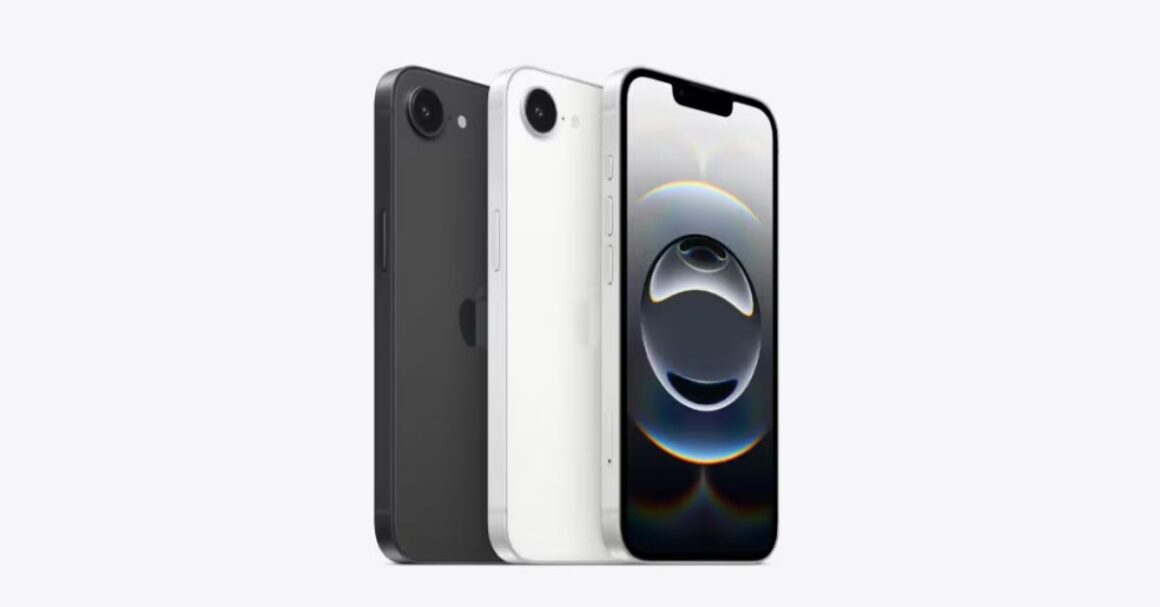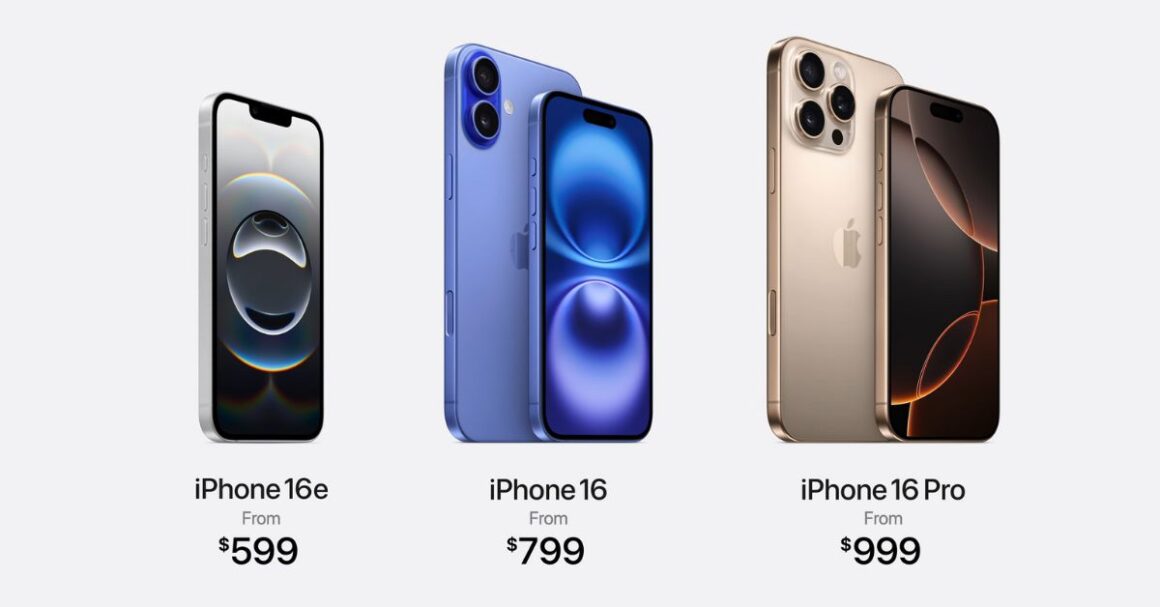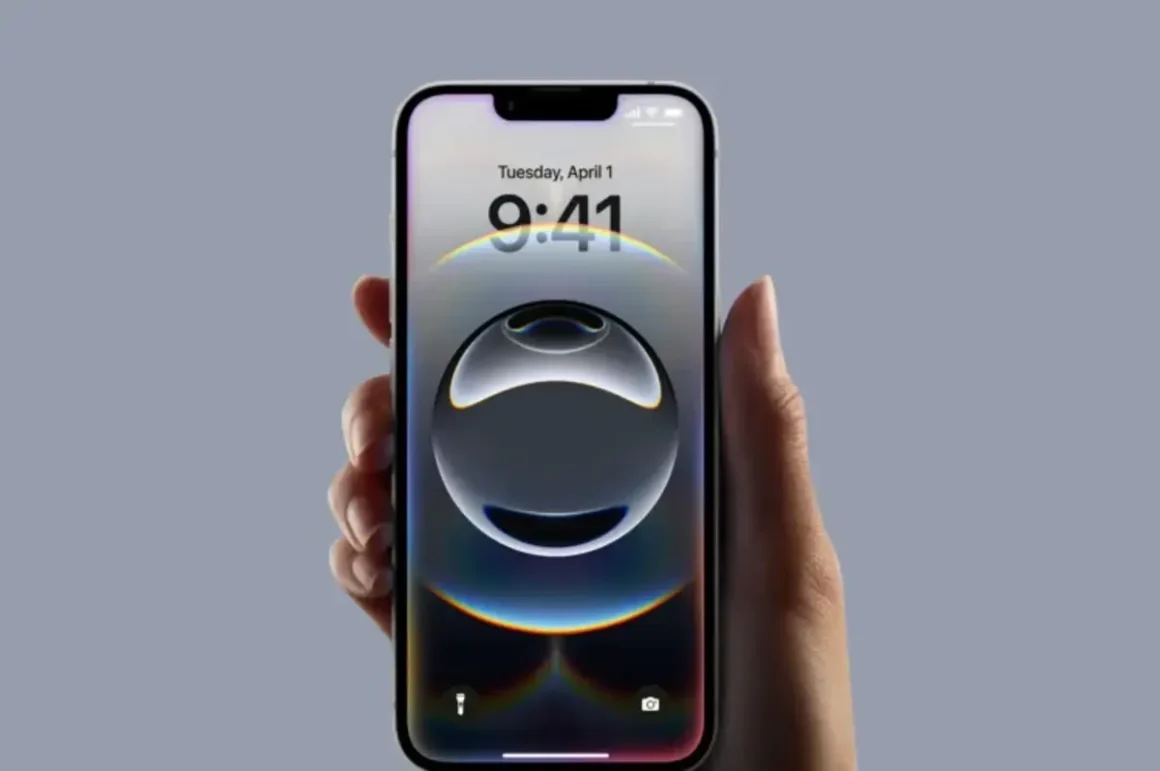Apple has just introduced the iPhone 16E, the most affordable model in its iPhone lineup, priced starting at $599.
While it brings in several exciting updates, there are some key details to consider before you make the switch from your older iPhone or another device.
1. eSIM-Only in the U.S.: The iPhone 16E no longer supports physical SIM cards in the U.S. Instead, it uses eSIM for cellular connectivity. While this simplifies the phone’s design, users will need to set up cellular data directly through the device. However, this process has become smoother with improvements from mobile carriers.
2. Goodbye, Lightning Connector: Apple has officially moved away from its proprietary Lightning port. The iPhone 16E now uses USB-C for wired charging and data transfer. But note that it’s limited to USB 2 data speeds, with only the Pro models getting faster USB 3 speeds.

3. No MagSafe Support: Unlike recent iPhones, the iPhone 16E does not support MagSafe — Apple’s magnetic charging and accessory system. While it does offer wireless charging, you won’t be able to attach magnetic accessories easily, which could be a dealbreaker for some.
4. Action Button Replaces Ring/Silent Switch: The ring/silent switch is replaced with a new Action Button. It offers more customization, such as launching the camera-powered Visual Intelligence feature or quickly identifying songs with Shazam. You can still set it to mute the phone, but now there are more options for users to explore.
5. First iPhone with Apple’s Own Modem: The iPhone 16E is the first iPhone to feature Apple’s in-house C1 modem, which promises better battery life. However, its performance compared to Qualcomm modems in terms of cellular reception and data speeds is yet to be tested. Stay tuned for full reviews.
6. No Macro Photography: The 48-megapixel Fusion camera is an upgrade, but it doesn’t support macro photography. Unlike other iPhones with an ultra-wide lens for close-up shots, the iPhone 16E lacks this feature.

7. Expensive Storage Upgrades: The base model starts at $599, but if you need the 512GB storage option, expect to pay a hefty $899. This is a $300 price jump for double the storage, so consider how much space you really need before upgrading.
8. 60Hz Display: While the iPhone 16E offers a solid display, it’s still limited to a 60Hz refresh rate. While this is typical for a budget model, it doesn’t match the smoother ProMotion displays seen on the Pro versions of the iPhone 16 series.
The iPhone 16E is available for preorder starting this Friday, with an official release on February 28th. Keep an eye out for more details and reviews as we get closer to launch.

